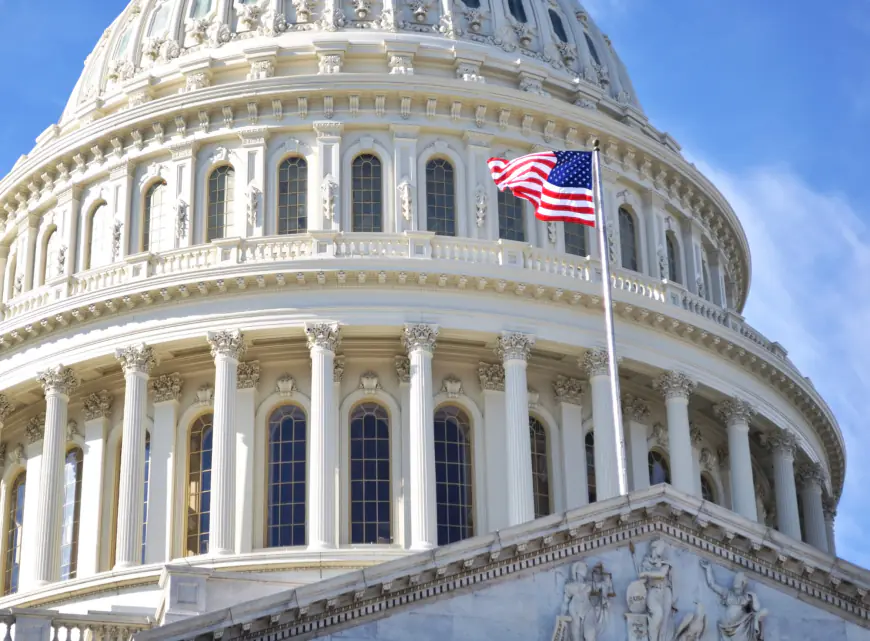House Financial Services Committee set to introduce stablecoin bill
The corridors of Congress are buzzing as the House Financial Services Committee edges closer to a breakthrough in stablecoin legislation. At the heart of these efforts is Representative Maxine Waters, alongside Committee Chair Patrick McHenry, who are spearheading a collaborative push to refine and advance a bill that promises to shape the future of banking […]

The corridors of Congress are buzzing as the House Financial Services Committee edges closer to a breakthrough in stablecoin legislation. At the heart of these efforts is Representative Maxine Waters, alongside Committee Chair Patrick McHenry, who are spearheading a collaborative push to refine and advance a bill that promises to shape the future of banking and cryptocurrency.
In a recent dialogue with Bloomberg, Representative Waters shared insights into the legislative process, noting the constructive dynamics between herself and McHenry. Their focus has been on developing regulations for stablecoins, which are cryptocurrencies designed to have stable values linked to traditional assets, and implementing safety nets for banking operations.
Waters indicated that the bill is nearly ready for the legislative floor, needing just a few more adjustments to gain full approval from the House.
The legislative journey for stablecoins isn’t without its struggles.
On the Senate side, a new proposal has stirred significant debate among cryptocurrency advocates. The Lummis-Gillibrand Payment Stablecoin Act, spearheaded by Senators Kirsten Gillibrand and Cynthia Lummis, has been criticized by the Coin Center.
The advocacy group, deeply embedded in cryptocurrency matters, flagged the bill’s approach to algorithmic stablecoins—those backed by algorithms rather than physical assets—as potentially damaging and unconstitutional.
According to Coin Center, the bill’s attempt to prohibit such financial instruments directly targets the foundational code of these technologies, which could infringe on First Amendment rights.
Coin Center’s points is clear. While regulatory oversight like requiring SEC registration for certain products might be acceptable, completely banning a business model could stifle innovation within the sector.
“If one can comply with the securities laws, one should be able to bring a product to market,” asserted the organization, highlighting a need for balanced regulatory measures that foster innovation while ensuring market stability.
Jerry Brito, Executive Director of Coin Center, expressed a cautious optimism about the efforts to frame a regulation for stablecoins. The proposed legislation, according to him, signifies a commendable attempt to align U.S. financial practices with the cryptocurrency environment.
The bill stipulates that only entities sanctioned by U.S. regulators would be authorized to issue dollar-backed stablecoins, aiming to safeguard the financial system while accommodating the unique aspects of cryptocurrencies.
Further legislative developments indicate a tempered approach to regulating these digital assets. The Clarity for Payment Stablecoins Act, another significant legislative effort soon facing a full House vote, proposes a two-year moratorium on banning algorithmic stablecoins instead of an outright prohibition. This approach reflects a growing recognition in Congress of the need to balance regulatory oversight with the innovative potential of the cryptocurrency market.
What's Your Reaction?









































































































